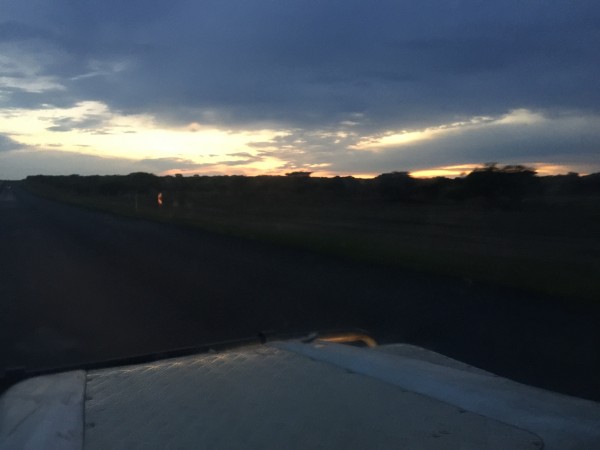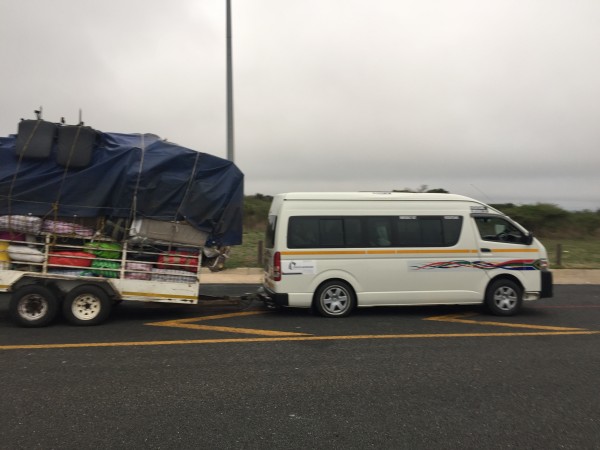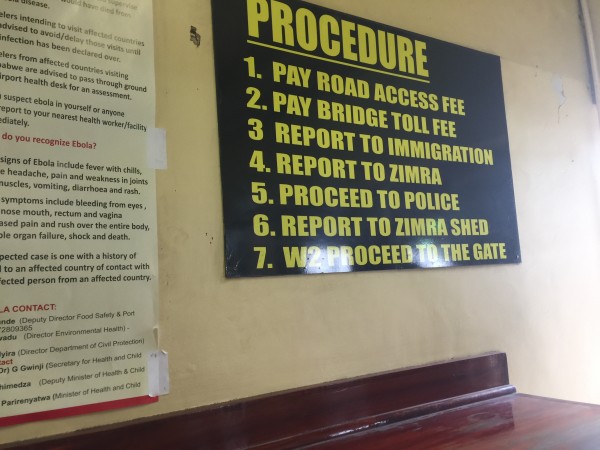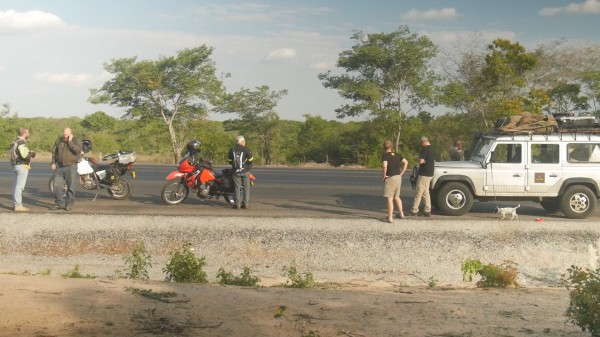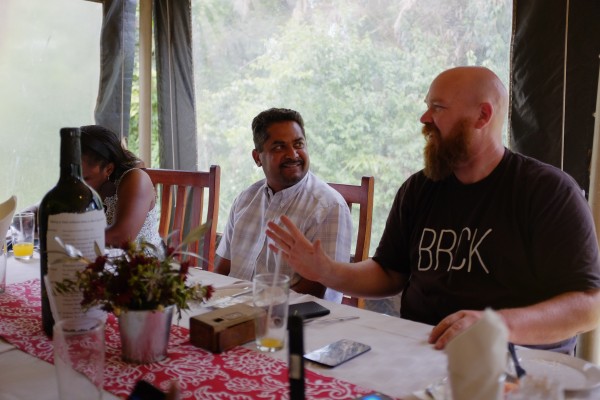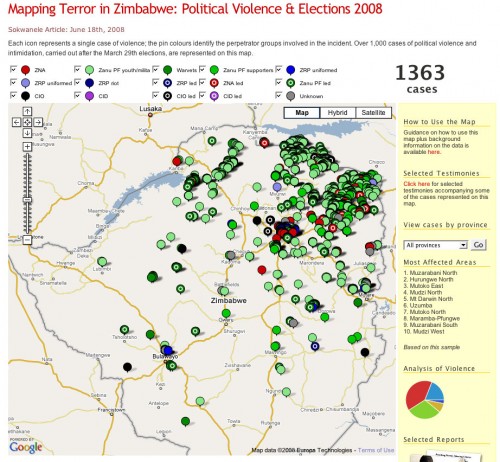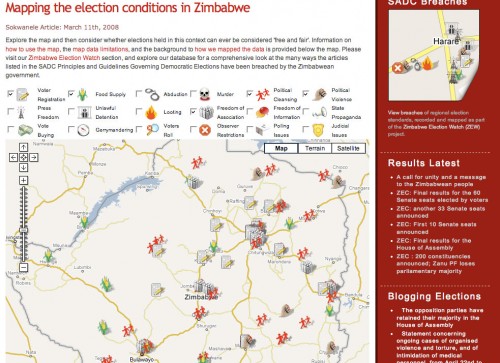We made it into Harare, Zimbabwe last night after a long 17-hours traveling. Due to the rainstorm in South Africa we were forced to sleep 230km from the Beit Bridge border crossing, well shy of the 30km we had planned. The wind was blowing and gusting so hard we were forced to ride at odd angles. Eventually we were forced to call it and went to find a place to sleep by 11:30pm.
A 4am wake-up and we were traveling and at the border by 7:30am the next morning.
Beit Bridge Border
Beit Bridge border crossing is something of a legend, where you’re usual transit time is 3-5 hours, but can take up to 7-8 if you’re unlucky. The SA side was fine, taking only 20 minutes or so. We then spent the next 3 hours going through the ridiculously disorganized and obtuse Zimbabwe side, until finally we popped free.
Border crossings in Africa make you realize that they’re about revenue generation, not security.
Zimbabwe has thin but good roads, and many (15+) police checks and radar guns along the way to Harare. They really do try to stop you We got in at 9:30pm and slept almost immediately.
Hypercube and the Zim Tech Community
Today we spend with the tech community here, with leaders from the different tech hubs in Bulawayo as well as Harare.
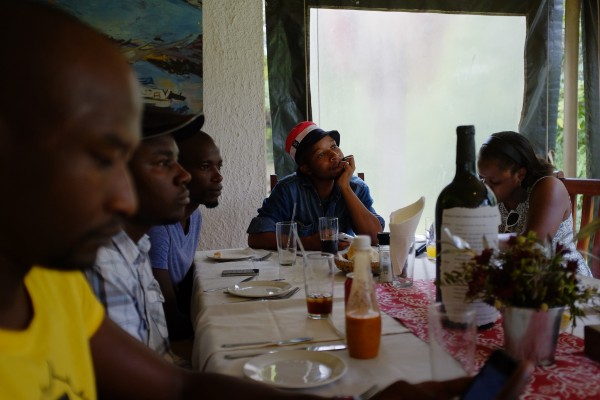
The Tech Hubs:
@HypercubeHub
@myarea46
@MuzindaHub
@emergingideas
@Neolabtech (Bulawayo)
The most advanced one seems to be Hypercube, which has an amazing house that has been converted into a nice space. They hosted an event where I talked at length about building tech communities, startup thoughts, and what we’ve learned about building hardware through the BRCK experience.
Overall, I really like Zimbabwe and the tech community seems to have their heads and hearts in the right place. They’re working together to try to make something out of a hard situation, they’re hungry and they’re bright.
Zimbabwe has the core infrastructure necessary for real growth, and with a few changes in the business climate here I think they’re ready to take off. With their current drive and strong foundation, I think they’ve got a bright future ahead.
